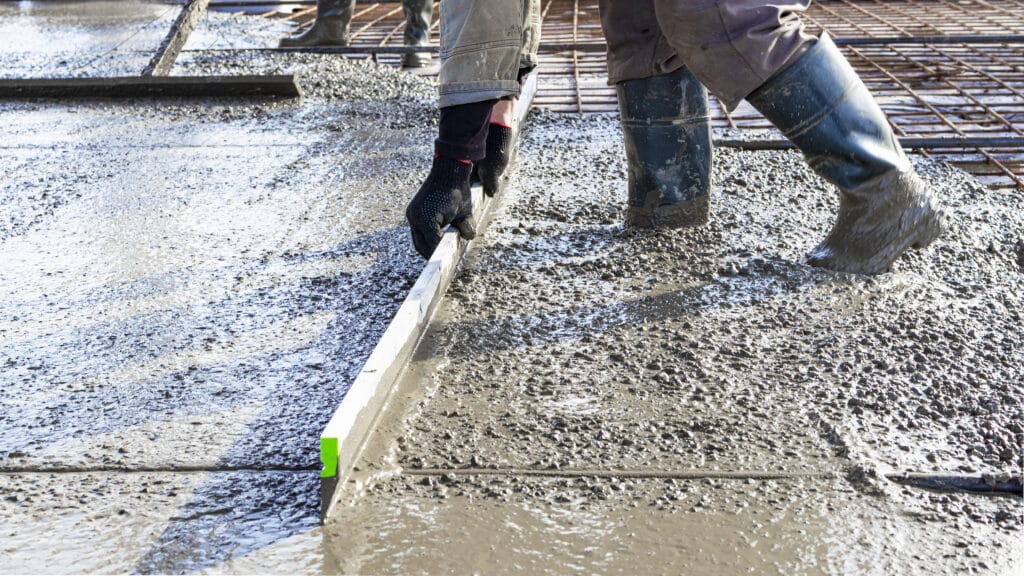Curing is essential to the successful development of concrete. Curing helps regulate water loss from the concrete and prevent plastic shrinkage crack formation, thus protecting its structural integrity and durability.
Initial setting produces bleed water that rises to the surface during initial set up. If evaporation rates exceed rising water, plastic shrinkage may occur – this can be prevented through mist curing, which acts like an initial mist cure for plastic.
Strength
Curing concrete house slabs Melbourne is a key step that increases its strength and durability, yet many contractors neglect this step, leading to weak and fragile structures.
Curing concrete correctly controls water loss and maintains hydration of the mixture, increasing strength while decreasing shrinkage, as well as durability, abrasion resistance, and volume stability. Proper curing is especially essential in cold climate construction projects: using techniques such as ground heaters, special curing compounds, fogging devices, evaporation retarders and fogging are essential tools in curing concrete in cold weather climates.
Hydration, the chemical reaction between cement and water, is an ongoing process until concrete reaches its designed strength. If not sufficiently cured, however, the chemical process will never complete and thus, its compressive strength won’t ever reach the design value; further strengthening efforts would likely prove futile in such poorly-cured instances.
Durability
Concrete strength comes from its hydration and curing processes, but in order for these steps to reach their fullest potential they must go smoothly; any disruption in hydration could result in weaker concrete.
Concrete must remain moist throughout its curing period in order to achieve full strength and durability, whether this means covering it or using a misting system to keep hydrated.
Over-water loss during curing can result in shrinkage cracks that compromise its durability, further diminishing its lifespan. To mitigate moisture loss, concrete should be covered with plastic sheets or placed inside windbreaks to limit moisture loss; misting systems also offer an effective means of keeping concrete hydrated by spraying a fine layer of water onto its surface.
Abrasion Resistance
Proper curing of concrete enhances its abrasion resistance. This is because proper curing improves microstructure and develops calcium silicate hydrate gel which binds aggregates together for a solid mass with decreased porosity, as well as improving physical and mechanical properties of the material.
Curing helps protect concrete from harsh weather conditions, including extreme temperatures and ultraviolet radiation that could otherwise lead to early damage of its setting process. Curing also reduces temperature differentials that could otherwise cause thermal stresses or create voids within its composition.
On projects requiring curing, it is essential to use protective measures like wind breaks and fogger sprays as preventive measures against concrete drying out too rapidly, which could result in plastic shrinkage cracking. Construction professionals can employ curing compounds that create a membrane over the concrete to prevent water evaporating too rapidly – while at residential levels these products can be combined with plastic sheets to offer adequate protection while still allowing the concrete to breath.
Weather Resistance
Curing concrete is crucial in order to attain its intended strength, durability, and microstructure benefits. This is accomplished by controlling water loss during hydration of the body of concrete.
Residential projects often necessitate the use of a curing compound that will keep concrete moist in order to avoid drying out, which would compromise compression resistance.
Curing methods may differ, but all are effective at increasing concrete durability. Ponding is one such method, which keeps concrete damp by building small clay or sand ponds across it and filling them with water regularly – two to three refills should suffice per day for best results.
Other methods for concrete curing include spraying, fogging or misting and using evaporation retardants to extend its durability. These techniques can be especially helpful in hot or cold weather and should help your concrete reach its fullest potential.

